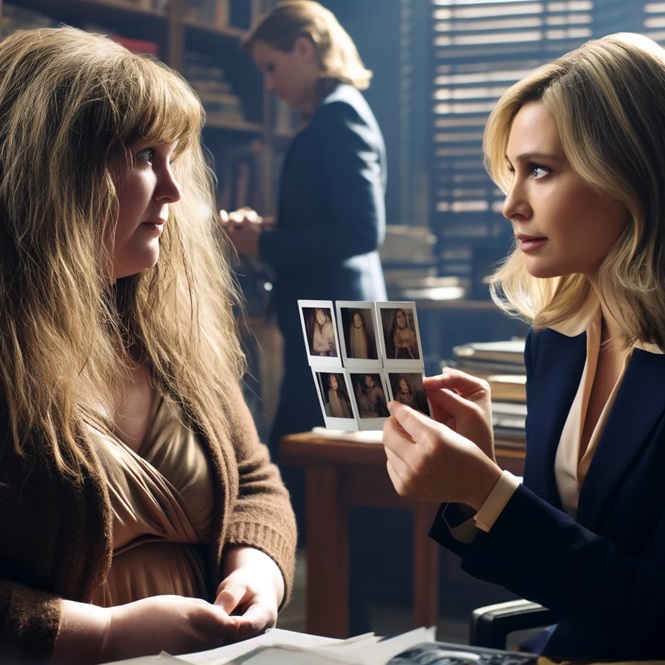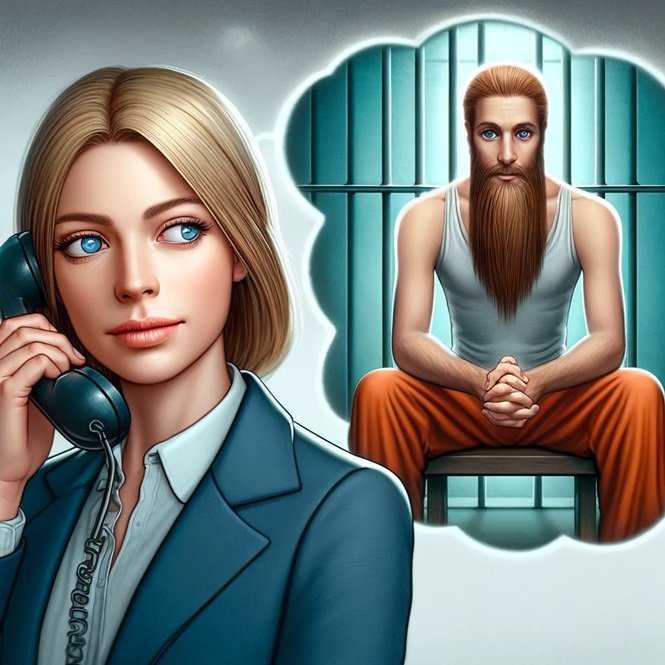Podcast: Play in new window | Download (Duration: 10:31 — 9.6MB)
Echoes of a Gruesome Mystery: The Southeast Colorado Case
In this episode of “Journalism 101 with Tripping Raul,” host Tripping Raul delves into a haunting memory from her journalism days, focusing on a particularly gruesome crime that she covered in the mid-nineties in Southeast Colorado. The episode opens with Raul reflecting on the heavy atmosphere and the poignant memories associated with late-night reporting.
Raul narrates the chilling details of arriving at a crime scene where a woman, whom she refers to as Beth (a pseudonym using the victim’s middle name), was found brutally murdered behind a train station. The police had already secured the area, and Raul recounts how an officer pleaded with her not to view the body due to the savagery of the murder. Heeding the officer’s advice, Raul avoided seeing the body directly, but she captured photos of the onlookers and shared them with the police, helping to keep the investigative process moving.

Beth’s murder was exceptionally brutal, with 127 stab wounds reported, including her throat being slit and her heart being pierced multiple times. Initially mistaken for a mannequin by bystanders due to her blood-soaked appearance, Beth was a tall woman and former college basketball player, which contradicted initial assumptions about her age and stature.
As Raul unwinds the layers of the investigation, she discusses the rumors and insights she gathered both from the police and community members. She highlights the suspect, Chuck Martins, who was rumored to have returned from prison seeking to rekindle a past romantic relationship with Beth. Conflicts arose when Beth’s new romantic involvement with another woman, Marie, was discovered, leading to a deadly confrontation. Both Chuck and Marie were eventually charged with Beth’s murder, reflecting a tragic tale of love and jealousy turned violent.
Throughout the episode, Raul also reflects on the psychological impact of covering such traumatic events and the importance of responsible journalism in reporting on crime. She discusses the broader implications of memory and perception in the chaotic environments that journalists often find themselves in.
In addition to recounting the crime, Raul shares her personal reflections on podcasting and journalism. She champions podcasting as a valuable activity for seniors to engage with their memories and maintain cognitive sharpness. Raul also hints at the challenges of maintaining a neutral odor environment (this is AI-generated and cracks me up!) in a journalism office, adding a light touch to an otherwise somber narrative.
The episode concludes with Raul encouraging listeners to reach out with their thoughts and announcing that the next episode will shift focus to discuss colorful personalities in the journalism industry. This episode, layered with emotional and factual complexities, offers insights into the somber yet essential duties of crime reporting and the personal toll it extracts on those who cover these events.
Resources:
— 30 —


 In this episode of “Journalism 101 with Tripping Raul,” the host reflects on her challenging experiences as a newspaper reporter during the 1990s. Through a candid and introspective dialogue, Raul discusses the errors and missteps she made in her journalism career, which continue to invade her thoughts years later. She also touches on the differences between podcasting and newspaper journalism, emphasizing the permanence of printed mistakes compared to the editable nature of podcasts.
In this episode of “Journalism 101 with Tripping Raul,” the host reflects on her challenging experiences as a newspaper reporter during the 1990s. Through a candid and introspective dialogue, Raul discusses the errors and missteps she made in her journalism career, which continue to invade her thoughts years later. She also touches on the differences between podcasting and newspaper journalism, emphasizing the permanence of printed mistakes compared to the editable nature of podcasts. Despite the more flexible nature of podcasting, Raul mentions her struggles with understanding the technical aspects of podcast production, as well as the continuing emotional impact of her past journalistic errors.
Despite the more flexible nature of podcasting, Raul mentions her struggles with understanding the technical aspects of podcast production, as well as the continuing emotional impact of her past journalistic errors.
 Tripping Raul describes the scene vividly: the community’s anticipation and excitement, Schwarzenegger’s decision to mingle with the crowd rather than stay secluded behind a podium, and the overall impact of his visit on the local community. The host reminisces about the warm reception given to Schwarzenegger by the residents, notable figures like the late Navajo Nation President Peterson Zah, and the enthusiastic display of movie merchandise by fans at the event.
Tripping Raul describes the scene vividly: the community’s anticipation and excitement, Schwarzenegger’s decision to mingle with the crowd rather than stay secluded behind a podium, and the overall impact of his visit on the local community. The host reminisces about the warm reception given to Schwarzenegger by the residents, notable figures like the late Navajo Nation President Peterson Zah, and the enthusiastic display of movie merchandise by fans at the event.
 In episode six of “Journalism 101 with Tripping Raul,” the host recounts the chilling tale of Laura, a woman from New Mexico who attempted to self-surgically remove her silicone breast implants using a disposable razor. Tripping Raul reflects on covering the story during her days as a beat reporter and decides to revisit the disturbing incident.
In episode six of “Journalism 101 with Tripping Raul,” the host recounts the chilling tale of Laura, a woman from New Mexico who attempted to self-surgically remove her silicone breast implants using a disposable razor. Tripping Raul reflects on covering the story during her days as a beat reporter and decides to revisit the disturbing incident. One night, with her family asleep, Laura attempted to remove her implants herself, resulting in injury and her husband finding her. The hosts mention Laura’s appearance on the Maury Povich show, where the narrative of why she attempted the removal shifted several times.
One night, with her family asleep, Laura attempted to remove her implants herself, resulting in injury and her husband finding her. The hosts mention Laura’s appearance on the Maury Povich show, where the narrative of why she attempted the removal shifted several times. The podcast begins with a poetic introduction that sets a somber and reflective mood, highlighting the serious nature of journalism and the search for truth in the darkness. The host, Tripping Raul, takes the listener through an example of her commitment to journalistic diligence by recounting her most impactful story—a story she was not able to showcase during a job interview that she ultimately did not secure.
The podcast begins with a poetic introduction that sets a somber and reflective mood, highlighting the serious nature of journalism and the search for truth in the darkness. The host, Tripping Raul, takes the listener through an example of her commitment to journalistic diligence by recounting her most impactful story—a story she was not able to showcase during a job interview that she ultimately did not secure.